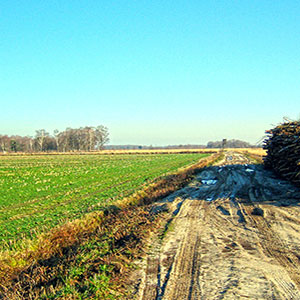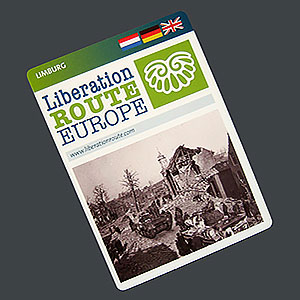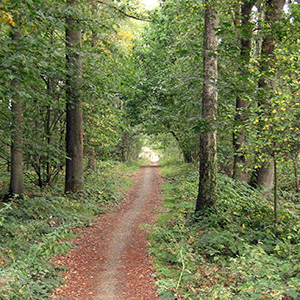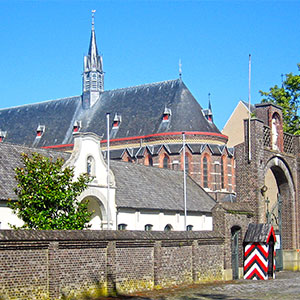 75 years ago today, on the night of 7th February 1945, two RAF Halifax bombers were shot down near Veluwepeel, on the edge of De Groote Peel in North Brabant.
75 years ago today, on the night of 7th February 1945, two RAF Halifax bombers were shot down near Veluwepeel, on the edge of De Groote Peel in North Brabant.
Both aircraft were part of 347 squadron, crewed entirely by men from the Free French Air Force and were returning from the Ruhr area of Germany.
Their mission was aborted because of mechanical problems and were therefore carrying a full load of bombs when they were shot down by a German fighter aircraft as they made their way back to England.
The first Halifax (NA197) was discovered almost immediately. Four of the seven man crew survived, one died and two were listed as missing in action.
Initially it was believed that the second Halifax (NA260) had also crashed in this area, near Veluwepeel/De Groote Peel. Subsequent intensive research revealed, in fact, it had crashed a little further away in the dense woodland area at Weerterbos.
Five of the crew perished immediately, one survived and one, the bomb aimer, Lt. C P M Rognant, parachuted away from the stricken aircraft and landed some distance away from the eventual crash site, seriously injured. He was subsequently taken to hospital in Weert where he later died.
Last year I visited the Commonwealth War Graves Commission cemetery at Swartbroek, near Weert and I remembered that amongst the 51 British soldiers buried there, unusually, was a single French military grave.
So, this morning my cycle ride took me firstly back to Swartbroek, where sure enough, was the grave of Lt C P M Rognant, amongst those of the British soldiers.
There were three others viewing the war graves this morning. I had noticed a car with French number plates in the car park so it came as no big surprise to discover that they were French.
Having established they spoke English, one of them told me that he was, in fact, the grandson of the French airman buried there. He insisted on showing me his ID to prove they shared the same name.
I was already aware of the story of the two Halifax bombers being shot down at Veluwepeel as it had been in the local media recently when the discovery of the wreckage of NA260 was confirmed after so many years. Military historians and archaeologists are still working tirelessly in the part of the Netherlands and there seem to be new discoveries made very frequently.
The French visitors were here to attend a special ceremony later today, at Veluwepeel, some 20 km north of Swartbroek, when a new monument would be unveiled near the site of the two crashes, with relatives of the French airmen, local dignitaries and historians present.
So, I left the French visitors at the cemetery and made my way, via the scenic route, to North Brabant and the site of the new monument.
Once in the area I found that roads nearby were closed with marquees erected at the side of the road preventing me from getting anywhere near.
As I got closer and more inquisitive, I discovered that this was part of an ‘invitation only’ event and that I wasn’t able to take photographs until after the unveiling, which was due to take place in about three hours time.
Chairs were being lined up and the PA system tested with repeated renditions of the French national anthem, La Marseillaise, louder & louder until it could clearly be heard over 200 metres away.
It’s a beautiful setting, especially on this warm, sunny day and so far removed from the horrors of war 75 years ago.
Today’s cycle ride was 49.9 km, under cloudless blue skies and warm sunshine, progress hampered a little by fierce headwinds on my way home.














